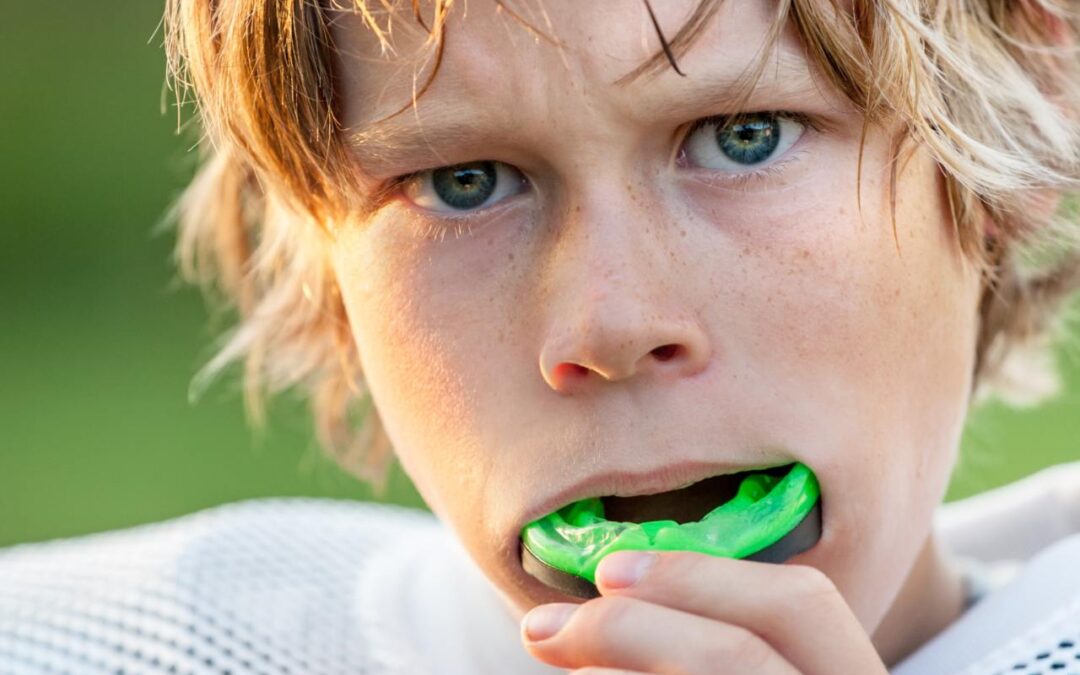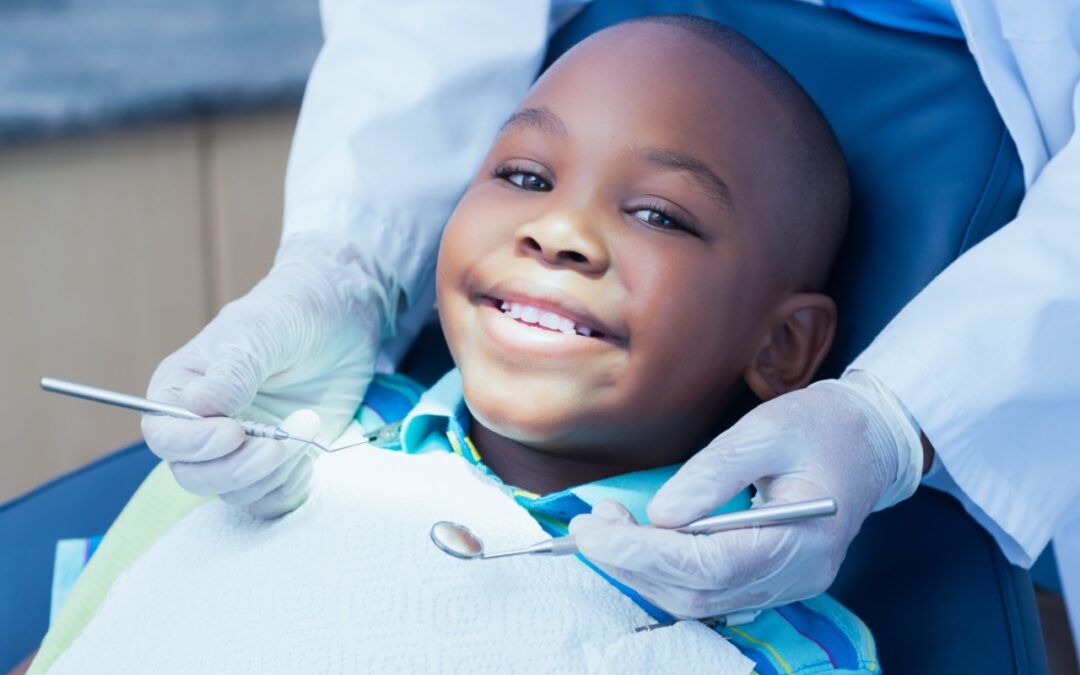
Dental Care Tips for Healthy Smiles While Having Summer Fun
However, that doesn’t mean you haven’t found ways to have summer fun. Summer fun can have an impact on your kids’ smiles if you aren’t careful. Nevertheless, there are some concrete things that you can do to keep those smiles healthy. Here we’ve put together some strategies for making sure your kids’ dental health (and yours!) are still a priority.
- Hydrate with Water
This heat won’t keep kids inside all the time, and why should it when there’s so many fun water activities in our communities and the gorgeous Salt Lake? Summer drinks like sugary lemonades, slushes, and ice cream shakes are totally normal treats to cut the heat and feel refreshed but your body needs water and your teeth do as well.
Aside from the obvious hydrating benefits water has on the body, it is a valiant defender for our teeth and gums. Water helps wash away bacteria, food debris stuck between teeth, syrupy sugars, and acids from citrus drinks. Moreover, water with fluoride is even better. The American Dental Association (ADA) reports that fluoride prevents tooth decay by 25% in adults and children. Prepackaged water bottles typically do not have fluoride added, so we recommend carrying around your child’s favorite water bottle and refilling it instead.
If you’re interested in more information about fluoride and why we offer fluoride treatments in our offices, read our post, “Why is Fluoride Important to My Child’s Dental Health?”
- Teeth Are Not Tools
So technically speaking, you can say teeth are tools; for eating. However, they are very much NOT tools for anything else. Definitely do not use them to hold something when your hands are full. And most assuredly, do not use teeth to open packaging, bottles, or soda cans. If you see your child or teen using their teeth in any of these ways, gently discourage the habit.
Why? Well a surprising number of dental emergencies involving chipped teeth, cracked teeth, or shifting teeth are a result of using teeth as tools. Protect the teeth and keep them on the sidelines when they aren’t working as intended; chewing food.
- Vitamin D is Good for Your Gums and Teeth
You might know there’s a relationship between vitamin D and the sun, but did you know that the vitamin D doesn’t actually come from the sun, but your own body? Exposure to the sun actually triggers your body to produce vitamin D itself. Research has shown that vitamin D plays a considerable role in both regulating calcium and aiding with calcium absorption in your body. Calcium is part of what makes the enamel on your teeth so strong and able to protect the teeth. Moreover, vitamin D works to lessen inflammation of the gums and fight infections. Gingivitis can expose the roots of teeth and in some cases even spread the infection to the roots causing teeth to loosen. Moreover, gum disease is unpleasant, sometimes painful, and related to heart health. Thusly, vitamin D is a very good friend for maintaining healthy gums.
- Don’t Forget Sun Protection for Your Lips
Just about everyone has forgotten a patch on their back that resulted in a splotchy sunburn or had a red, peeling, tender nose. Nevertheless, it is widely known and accepted that sunblock is important to protect your kids and yourself when you’ll be out under the hot summer sun. One widely overlooked spot though, is the lips. You can find a non-color chapstick with sunblock SPF in just about any store. Lips can sunburn and blister which is painful and can make eating and drinking awkward. So, keep those healthy smiles safe from the sun.
- Schedule a Cleaning
August is a good time to schedule a dental checkup and teeth cleaning. School hasn’t started up just yet and so you won’t have to worry about missed classes. Sometimes your child knows something is wrong in their mouth while yet other times they truly don’t. Get in to see us so that if there are any issues that require more treatment than a routine cleaning we will have time to do them before the school year starts.
- Keep Your Routines
It may be difficult to keep up the routine of brushing twice a day and flossing once daily, especially if you’re staying up late or traveling. Don’t start the slippery slope slide of skipping a brushing “just this once”. There are enough sugars and acids in their diets (no matter how health conscious your family is) that missing a brushing actually is harmful. Additionally, kids thrive on routines. Keeping to the brushing and flossing routines in spite of otherwise unusual or special activities and events will help them see that dental health is a priority, always.
We are the Utah Pediatric Dentists and we are committed to seeing health smiles in the children and teenagers of our communities. You can find us at one of our four locations in the Salt Lake City area. Bountiful, Taylorsville, Stansbury Park, or Herriman; each office is dedicated to making your child’s trip to the dentist a positive experience. Call us today to schedule an appointment. If you haven’t been to the dentist in a while because of the pandemic, take a few minutes to read our post, “Utah Pediatric Dentistry Offices Are Open Again!” where you’ll find information about some of the changes we made upon reopening in May to make visiting our offices a safe event.





Recent Comments